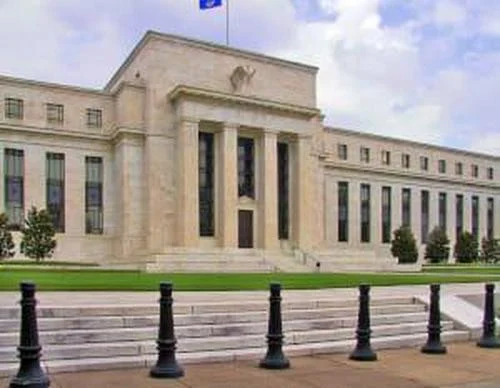The Federal Reserve leaves the ECB alone and defenseless...
Inflation has skyrocketed and aggressive monetary policy is the key factor in understanding it. I already explained it in my article "Persistent inflation, a brake on the recovery." The Federal Reserve has finally recognized this and has given a 180 degree turn to its policy of keeping buybacks and rates low.
The Federal Reserve now expects core inflation to remain above 2.7% in 2022 (previously it expected 2.3%) and that it will be above 2% in 2023 and 2024. That means the CPI (price index consumption) will probably remain above 4% in that period. Taking into account that it will close the year above 6%, we are talking about an inflation of more than 14% in three years, a great risk for the recovery, real wages, family savings and investment.
The Federal Reserve has at least acted and will reduce its monthly sovereign bond purchase to $ 20 billion and $ 10 billion a month of mortgage-linked assets. In addition, it will accelerate the rate hike to three hikes in 2022, three in 2023 and two in 2024 to reach a 2.1% reference rate in 2024.
It is still a modest reduction for the magnitude and scope of an overly aggressive and even counterproductive stimulus program that has been active for too many years, since no one can understand what the Federal Reserve is doing buying mortgage-linked assets with the real estate market at its highest or raising rates to 2.1% with core inflation above 2% during 2022-2024.
But the Federal Reserve is doing something more important and key: It is generating much greater demand for dollars and absorbing savings from the world to the US, by making the investment safer (the US 10-year bond) more attractive to global investors.
The Federal Reserve takes the reins again and leaves the ECB with the changed pace and the wrong policy. Despite runaway inflation, the highest in three decades in the euro area, the ECB maintains its extremely aggressive monetary policy, negative rates and bond buybacks that account for 100% of the net issuance of the states.
The ECB is between a rock and a hard place
The ECB is between a rock and a hard place because it cannot take decisive action as states have become accustomed to an unprecedented monetization that has led the ECB's balance sheet to be 81% of eurozone GDP compared to 37% of the Federal Reserve with respect to the US GDP.
If the ECB reduces its so-called expansionary policy, states like Spain, which has shot up debt by 230,000 million in almost two years and continues to increase the structural deficit, will not be able to withstand the slightest rise in rates.
On the other hand, if the ECB maintains its huge buyback program and negative rates, the inflation tax and stagnation may condemn the eurozone to a stagflation that some countries have already experienced in the past.
The ECB has launched into the Japaneseization of Europe and now it cannot back down.
The Federal Reserve can afford a sharp change in policy
The Federal Reserve has once again exposed why the dollar is the world's reserve currency and why no one should copy Fed policy without the global demand for currency enjoyed by the dollar. The Federal Reserve can afford a sharp change in monetary policy and see how the markets reward it and attract more demand for dollars. The euro does not have that luxury.
The ball is now in the roof of Lagarde and the ECB: will it choose to continue inflating the bubble of debt and waste from deficit and fiscally irresponsible states, or will it choose to regain monetary sanity and avoid stagflation? I hope, for our sake, they choose the latter.
